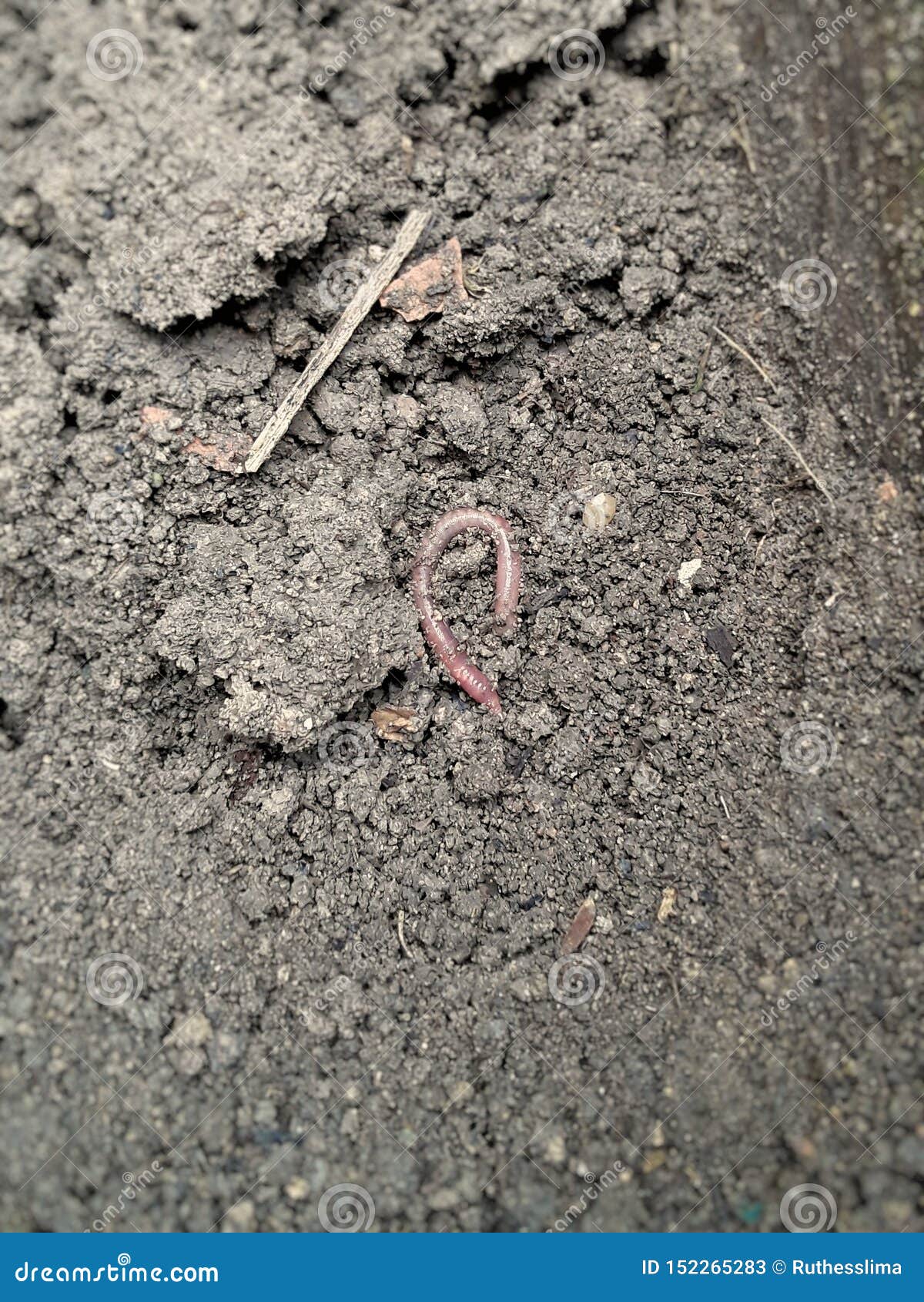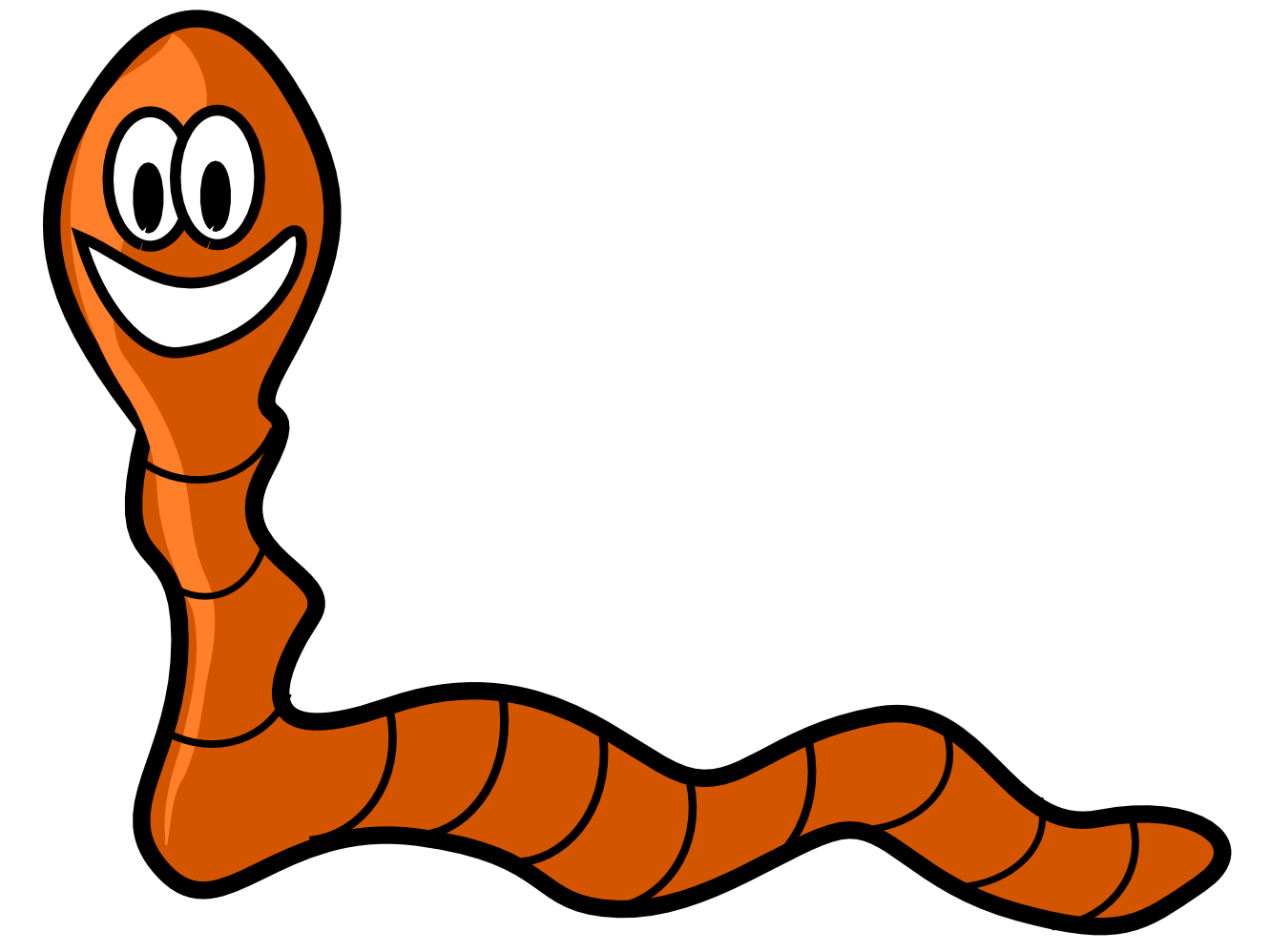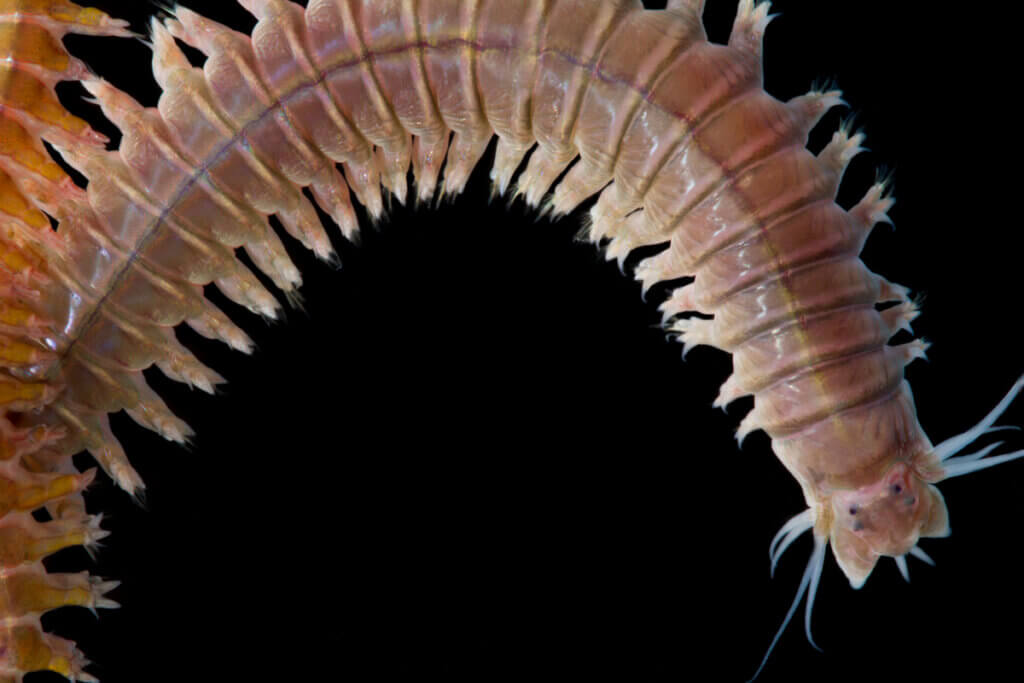

Recently, insects are gaining popularity as food proteins in developing countries and press higher demand for edible insects since they may provide similar nutritional value as meat. Each forms a capsule for sperm & egg which they leave behind.This review is intended to provide recent published information on trace elements from edible insects from various environments. (predators, filter feeders, decomposers) Food passes through digestive system where nutrients are absorbed.Įarthworms & Leeches are hermaphrodites (don’t self fertilize) When 2 mate they exchange sperm.

This is why their skin is moist and they live in moist environments Nutrition – Variety of feeding methods. Respiration – Annelids exchange gases through their skin. Nearly every segment in Annelids has 2 nephridia that collect waste and transports it out of the bodyĨ Annelid Regulation Annelids have a nervous system that consists of nerve fibers in each segment connected by ventral nerve cords to a simple brain near the mouth Nervous system is used to sense the environment.

Blood is pumped to head & body transporting oxygen and carbon dioxide Have “hearts” that pump blood, really enlarged, muscular blood vesselsħ Annelid Excretion Annelids have a complete digestive system (contains both a mouth and anus) Food is absorbed in the intestine. We are going to focus on the Annelids and Insects (a class of Arthropods)ģ Annelids Segmented Worms – each segment is a septa, have head & body segments Closed Circulatory System: Blood moves through vessels Consists of Earthworms (oligochaeta), Leeches (hirudinea) and marine worms (polychaeta)ĥ Annelid Transport Annelids have a closed circulatory system – blood moves through vessels.

Notes: Invertebrates - Annelid Worms - InsectsĢ Invertebrates Animals that lack a backbone


 0 kommentar(er)
0 kommentar(er)
